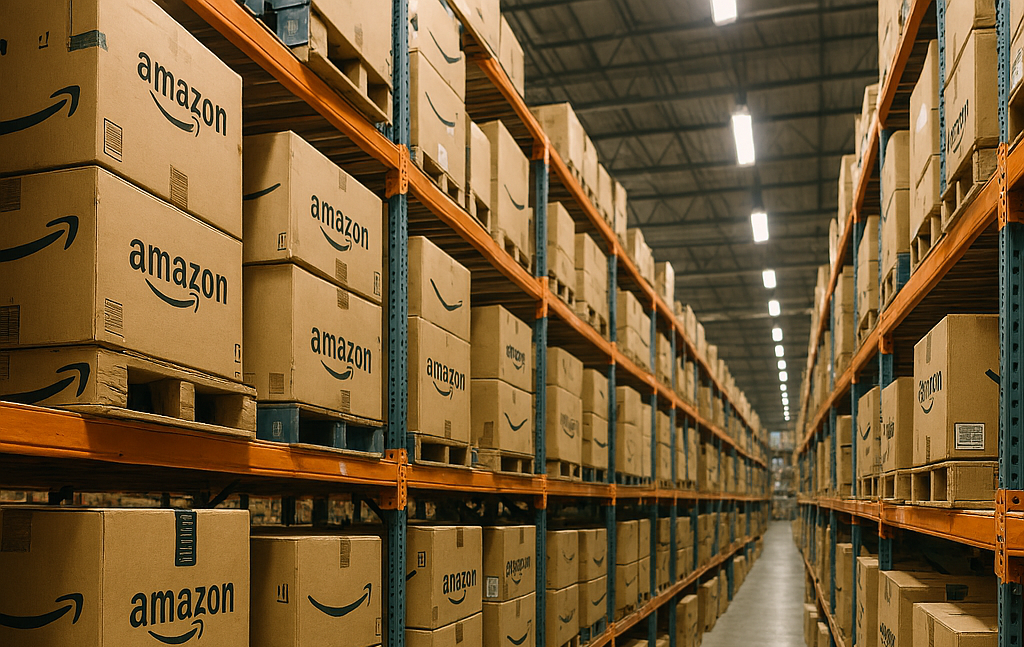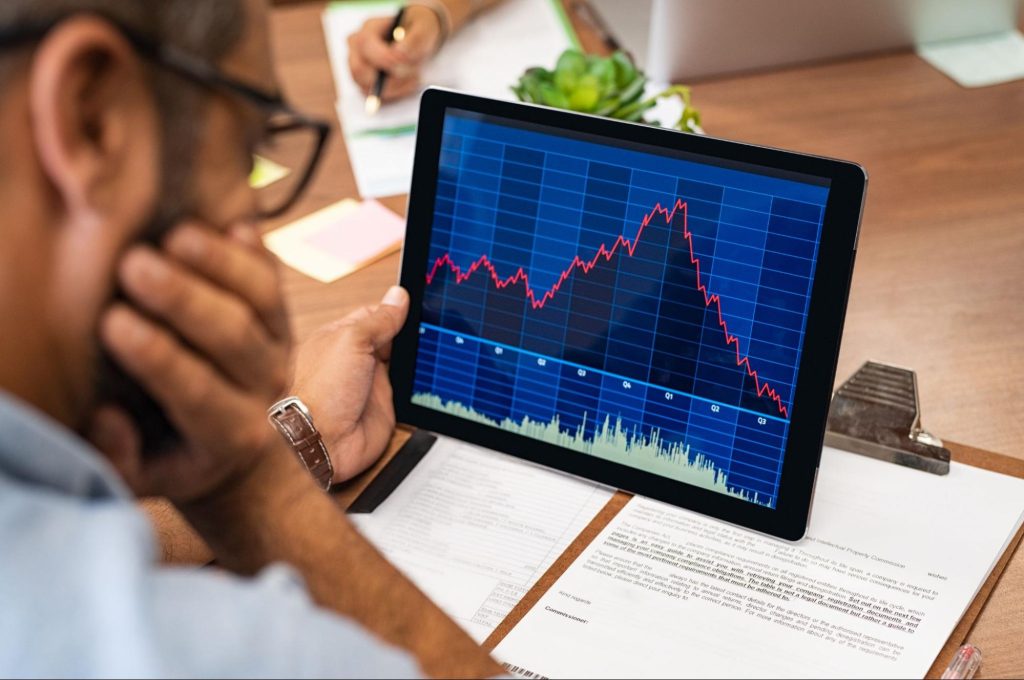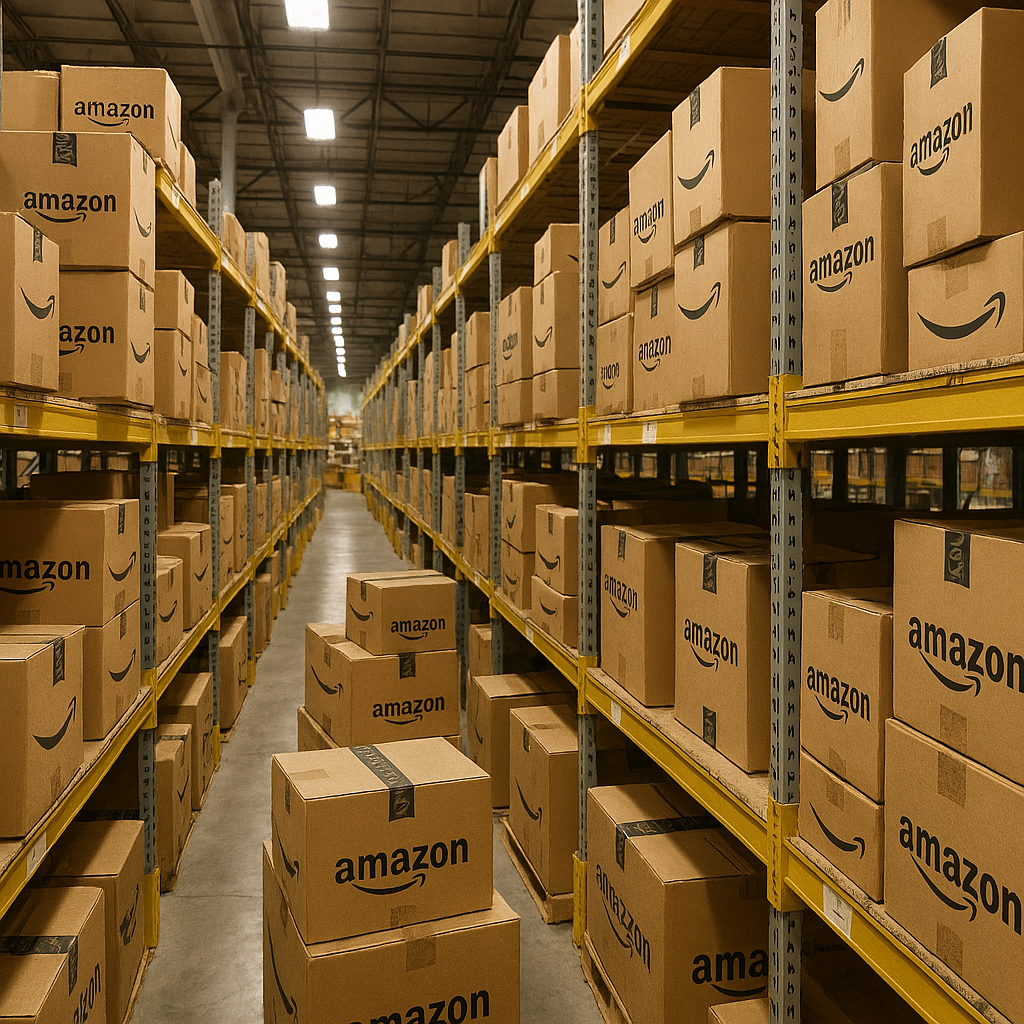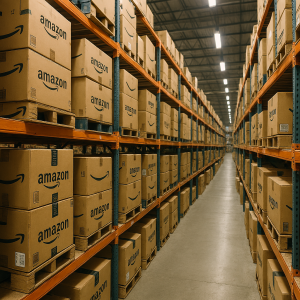The Quintessential Guide to Results-Driven Brand Outreach
Are you tired of sending emails to potential brand partners only to be met with deafening silence?
We’ve been there.
When we first started our Amazon journey, our outreach emails were, frankly, embarrassing.
Today, we manage over $30 million in annual Amazon sales across dozens of brands, and we can tell you—that first impression is everything.
Most Amazon sellers overthink their brand outreach. They craft long-winded emails explaining their life story, business model, and future plans. Here’s the truth: brands don’t care about your dreams. They care about results.
Why Most Amazon Sellers Fail at Brand Outreach

The painful reality is that 97% of Amazon sellers craft outreach emails that scream “AMATEUR!” Brand managers can smell inexperience from a mile away, and that first impression can permanently damage your chances of securing lucrative partnerships.
When we review our students’ initial outreach attempts, we consistently see the same critical mistakes:
- Emails that ramble on for paragraphs
- Focusing on what the brand can do for them (not vice versa)
- Unprofessional language and formatting
- No clear call to action
- Desperation seeping through every word
Each of these mistakes signals to brands that you’re not worth their time.
But here’s the good news: fixing your outreach approach can literally transform your business overnight.
The Psychology Behind Successful Brand Outreach
Brand managers and product owners are overwhelmed with partnership requests. They don’t have time to read your manifesto about why Amazon is the future of retail.
What they need to see is professionalism, confidence, and brevity.
The Golden Rule of First Contact: Less Is More
Remember this: Every word in your outreach email is an opportunity for objection.
The longer your email, the more reasons you give the brand to say “no.” Our data across thousands of successful partnerships shows that emails between 4-7 sentences have the highest response rate.
Strong vs. Weak Outreach Examples
WEAK EXAMPLE:
“Hello there! My name is John and I’m really excited to reach out to you about potentially selling your amazing products on Amazon! I’ve been an Amazon seller for about 3 months and I’m looking to expand my product line. I really love your products and think they would sell really well on Amazon because I’ve seen similar products doing well. I don’t have much experience yet but I’m a hard worker and fast learner! Would you be willing to sell me some products at wholesale so I can try listing them? I promise I’ll do my best to represent your brand well! Looking forward to hearing from you! Thanks so much for your time!”
This email screams amateur. It’s too long, too enthusiastic, lacks confidence, and focuses entirely on what the brand can do for the seller.
STRONG EXAMPLE:
“Hi, my name is John, and I represent Prime Retail Partners.
We have researched Superb Skincare products, and believe you would align well with our customer base.
Please let us know what wholesale options are currently available.
Thank you, John Smith Prime Retail Partners”
Notice the difference? The strong example is concise, confident, and professional. It suggests you’ve done your homework and are approaching the partnership as a business opportunity—not begging for a chance.
The Perfect Outreach Template (That Actually Works)
After testing hundreds of variations with our 8-figure Amazon business, we’ve refined our outreach to this proven template:
Hi, my name is [Your Name], and I represent [Company Name].
We have researched [Their brand] products, and believe you would align with our customer base.
Please let us know what wholesale options are currently available.
Thank you,
[Your Name]
[Company Name]
This template works because:
- It’s concise and respectful of their time
- It positions you as a professional business, not a hobbyist
- It suggests you’ve done your research
- It has a clear, specific call to action
- It doesn’t overwhelm with unnecessary details
Why This Approach Consistently Wins
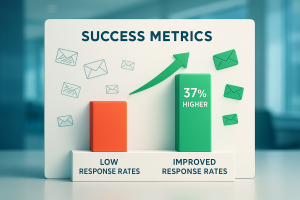
When we implemented this exact template across our outreach campaigns, we saw a significant increase in positive responses. The psychology is simple: brands want to work with professional partners who understand business communication.
What happens next is equally important. Once a brand responds positively, you’ll move to the qualification phase—but that’s a topic for another article.
The Truth About Amazon Success Nobody Tells You
Here’s what everyone misses: success on Amazon isn’t about finding the perfect product or mastering PPC campaigns. Those things matter, but what separates 7-figure sellers from everyone else is their ability to secure exclusive brand relationships that others can’t.
What’s Holding You Back?
Every day you continue using amateur outreach methods, you’re leaving money on the table and damaging your reputation with potential partners.
The approach we’ve outlined isn’t complicated—it’s simple enough that anyone can implement it today. But simple doesn’t mean easy. It requires discipline to keep your message concise and professional when you’re eager to share all your ideas.
Key Takeaways:

- First impressions determine whether brands see you as a professional or amateur
- Keep your outreach emails between 4-7 sentences for maximum response rate
- Position yourself as a business partner, not a hopeful seller
- Use our proven template for immediate improvement in response rates
- Focus on professionalism, confidence, and brevity
- Remember: less copy means fewer objections
- Follow up professionally if you don’t receive a response within 5 business days

 1. Price Over $20 Buy Box Monthly Average
1. Price Over $20 Buy Box Monthly Average

